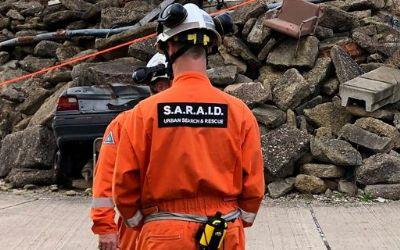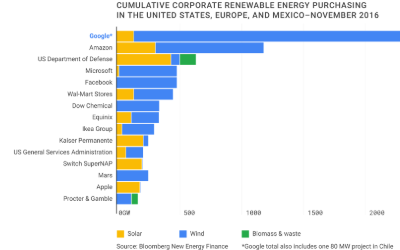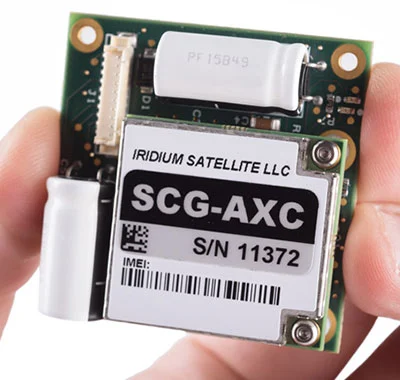British search and rescue charity SARAID hosted an immersive, natural disaster search and rescue live demonstration day in association with Ground Control and Iridium. Using RockSTAR devices to track team members, contributors were able to showcase how the Iridium Certus platform can work in the field.
The demonstration day was held at the Rig 5 incident ground at The Fire Service College. The unique 300-acre venue can be found at Moreton-in-Marsh in the United Kingdom. It has an impressive collapsed structure, vast rubble pile, and destabilized floors and walls. The enormous grounds and specialist facilities are the perfect environment for identifying where tracking systems would be needed most.


Contact us
The main purpose of the demonstration was to show how the Iridium Certus platform can benefit a number of sectors, from military to search and rescue and utility companies. The advanced multi-service platform delivers a reliable connection for voice and data services, including telephony, satellite internet, land mobile radio, and location-based applications. All of which can now all be made possible by the upgraded Iridium constellation.
Rock Seven (now trading as Ground Control)’s RockSTAR device was given to each search and rescue (SAR) team member. Certus allowed the people on the ground to get a secure, strong internet connection, allowing them to tap into the RockSTAR tracking applications online. Each RockSTAR transmitted every minute with 15-second updates, giving the team leader a view on where their SAR team members were in the field at all times.
Even their rescue dog in training had RockSTAR strapped to its body to track its position during the exercise. This shows the versatility of our devices and how almost anything that moves can be tracked if it’s big enough to carry the product.
Rock Seven (now trading as Ground Control) CEO, Nick Farrell, bore witness to the demonstration. He said: “Seeing SARAID in action was so impressive. We rarely think about the brave men and women, all volunteers, who deploy into disaster zones to help those in need. They work for weeks at a time, helping to find and rescue people trapped in destroyed buildings, risking their own lives in the process – incredibly hard work, with relentless determination and total selflessness.
Anything we can do as a business to help provide better connectivity and situational awareness for SARAID and other similar organizations will hopefully translate into more lives saved.”



